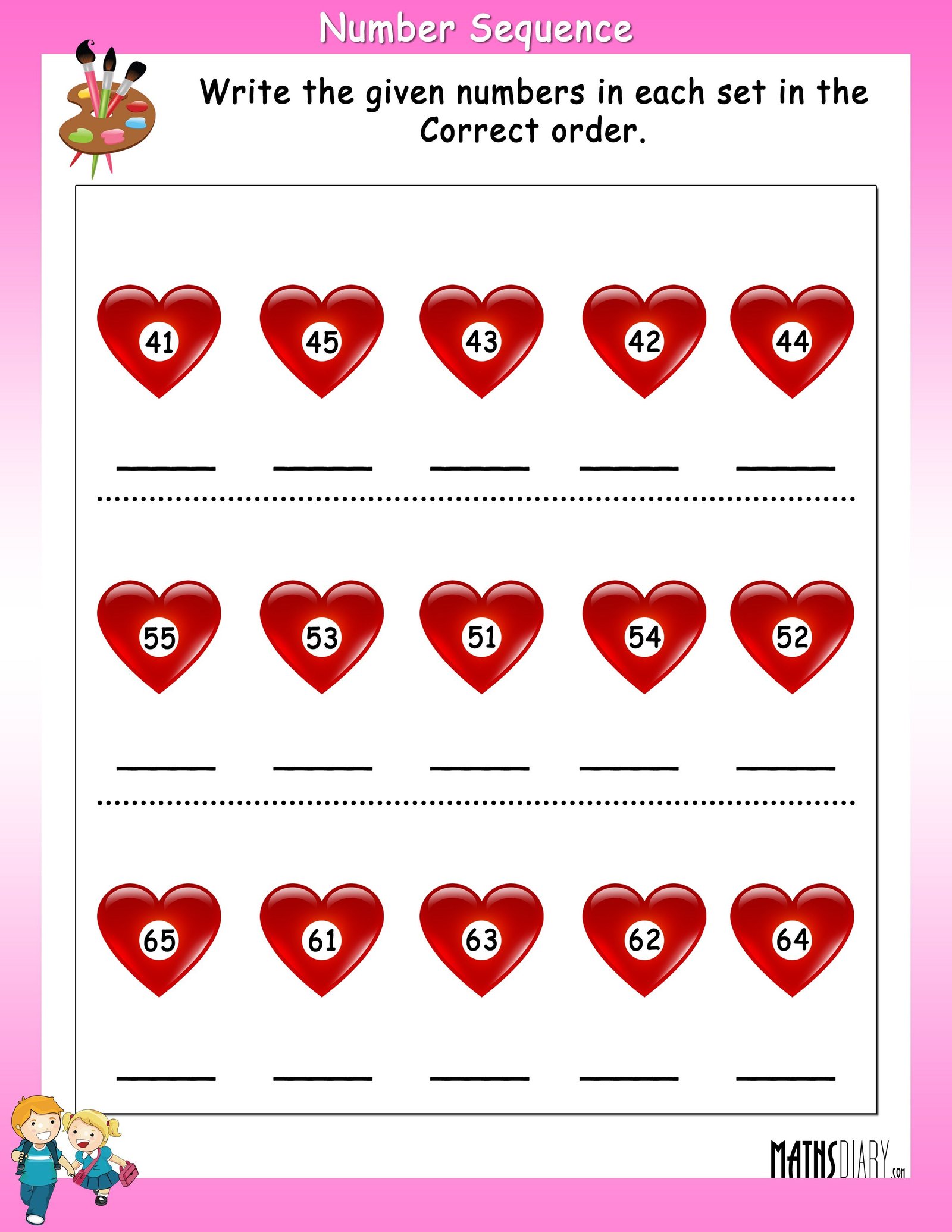

If I’m at subheading d, is that d under superheading 2 or 3? Mixing roman numerals and letters results in ambiguous references-when you see a lowercase i, does it denote the first item or the ninth item? Does a lowercase v denote the fifth item or the 22nd item?īy using only one index on each header, it’s easy to lose track of where you are in the hierarchy. (Quick, what number is T?) If what we mean by J, K, L is 10, 11, 12, then let’s just say so. Though we immediately recognize A, B, C as equivalent to 1, 2, 3, the letter-to-number correlation gets weaker as we go past F, G, H. XII.) If what we mean by I, II, III is 1, 2, 3, then let’s just say so. (Quick, what number is XLIX?) They’re easy to confuse at a glance. Theyve developed shorthand terminology to define the health of your gums. Yes, that’s what they’re called- romanettes. Gum disease is one of the most frequent issues that dentists see. This is a terrible way to label hierarchical headings. Traditionally, hierarchical headings in legal documents start with roman numerals at the top level (I, II, III) then switch to capital letters (A, B, C) then numerals (1, 2, 3) then lowercase letters (a, b, c) then romanettes (i, ii, iii) and then variations of the above using two parentheses instead of one, or other barely visible changes.

This is particularly noticeable in the Samyutta and Anguttara Nikayas.Hierarchical headings Consider tiered numbers Various Referencing Schemes of Sutta PitakaĪny Pali language student, as soon as they start switching between different canonical sources, will find that there is no single numbering schemes used to reference the suttas and passages in the Pali Canon. Sinhala Tipitaka (Translated into Sinhala by a Government of Sri Lanka initiative).

Sutta Central (Based on MST) Early Buddhist texts, translations, and parallels (Multiple Languages).
#Easy numbering 123 Offline#



 0 kommentar(er)
0 kommentar(er)
